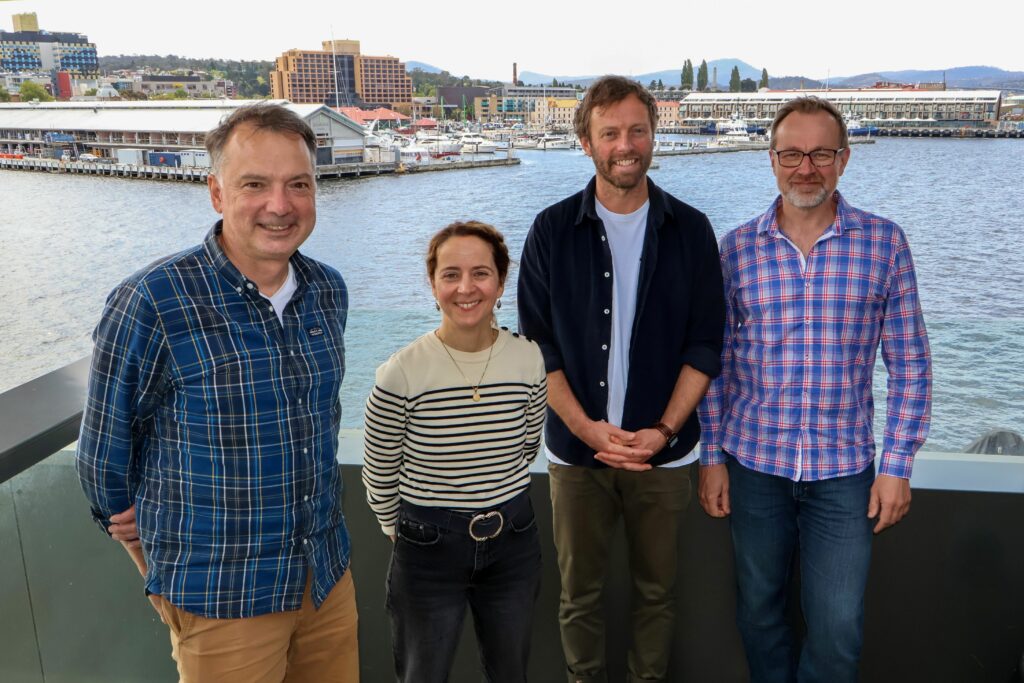Antarctic science underpins national assessment of climate risk
15 September 2025
A report from the University of Tasmania reveals that a rapidly changing Antarctica will drive some of the major impacts on Australia in the next 25 years.
The technical report about climate change impacts in the Antarctic and Southern Ocean regions is a key input to Australia’s first National Climate Risk Assessment.
“Understanding what is happening in Antarctica and the Southern Ocean in response to climate change is a key to understanding future climate change impacts in Australia and globally”, the report states.
Coordinating author, Adjunct Professor Tas van Ommen at the Australian Antarctic Program Partnership, said the report underlines the integral role played by Antarctica and the Southern Ocean as a driver of the global climate system as well as a responder to the forces of climate change.
“The National Climate Risk Assessment highlights that 1.5 million Australians could be at risk from sea-level rise by 2050.”
“Our report makes clear that the most significant hazard coming from the Antarctic Ice Sheet in a warming world is sea-level rise around Australia and globally.”
“Many of the deepest uncertainties in projecting how Antarctic ice will respond to global heating and add to future sea-level rise in the long term come from East Antarctica, which covers the 42% of the continent within Australian Antarctic Territory.”
“One of the most valuable parts of our work has also been to identify the gaps in knowledge and modelling that will make a fuller risk assessment possible in the future.”
“While satellite measurements of sea ice and robotic measurements under ice shelves are critical, having boots on the ice for in-situ observations remains crucially important”, Prof van Ommen said.
Co-author Professor Matt King, Director of the Australian Centre for Excellence in Antarctic Science, said that the climate risk assessment is an important and timely contribution to national policy-making.
“In a world of misinformation, it is critical that the Australian Government has released its evidence-based climate risk assessment.”
“It clearly explains that climate risks are not far off and isolated to a few unfortunates, but right now for every Australian. The good news is that our nation has choices we can make to avoid the worst.”
“The fact that 1.5 million Australians may be impacted by rising seas and coastal hazards by 2050 is shocking, even for this sea level scientist.”
“Many of these changes will come from Antarctica, and the report outlines that while the Antarctic has been undergoing rapid warming and is now experiencing abrupt shifts, much of this is not yet captured in our current generation of projections – and there is still a great deal to do to understand the risk we all face,” said Prof King.

The “Antarctica and Climate Change Technical Report” was published by the Australian Climate Service and developed by the Australian Antarctic Program Partnership, with input from scientists at the Institute for Marine and Antarctic Studies, the Australian Centre for Excellence in Antarctic Science, Australian Antarctic Division, CSIRO Environment and the Bureau of Meteorology.



